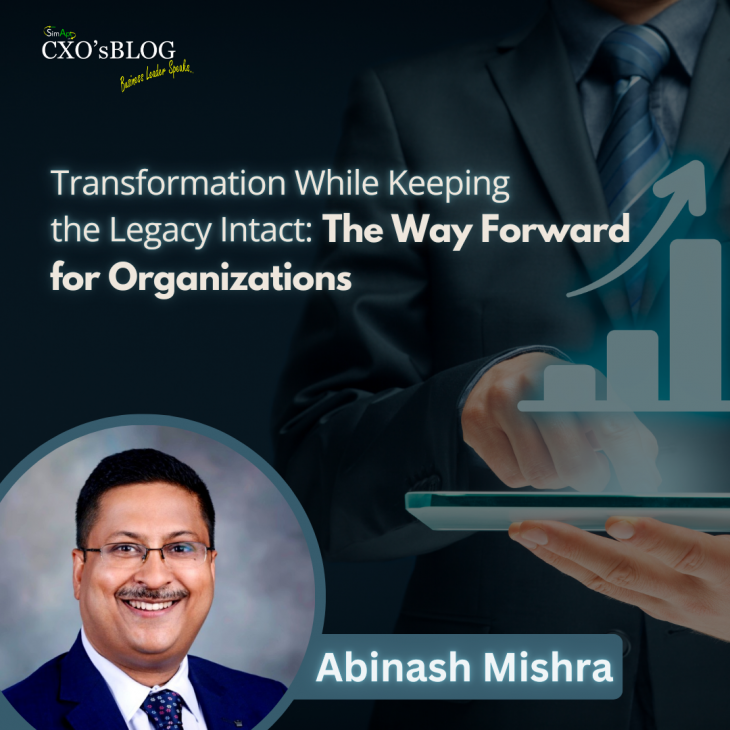Author: Abinash Mishra
The modern world is full of challenges, and recently, most of the organizations have been trying to reinvent themselves. However, transformation does not necessarily mean that one has to turn one’s back on values and practices developed by an organization over several decades. Embracing change while reverently carrying the legacy that made a company successful in the first place is a fine balancing act, but one that can mean the difference between sustained growth and innovation.
The Importance of Legacy
Every organization has a special past—a heritage of hard work, innovation, and relationships. At the same time, legacy is so much more than just a record of past successes; it is what the company as an organization stands on today. It means values, culture, and knowledge passed down through generations of employees and leaders. And here, while talking about transformation, it must be born in mind that this legacy is not something to be thrown away; rather, it is to be built upon.
Why Transformation is Necessary
The world is happening at a very fast pace: technological, changes in market demand, and shifts in customer expectations. Organizations have to adapt to these changes to be competitive. Transformation isn’t about applying new technologies or processes; it is essentially rethinking the way one does business and finding out how customers can be best served. However, this transformation should not come at the expense of the legacy that brought the company to where it stands today.
Balancing Transformation and Legacy
- Respecting Core Values:
The core values that characterized the organization through all its existence should not be overlooked in any transformation process. Indeed, these values are the beacons that have inspired employee, customer, and partner trust. By integrating such values within the new strategy or initiative, the company will be able to ensure its legacy when evolving. - Employee Engagement:
Employees carry a company’s tradition in their persons. They are the epitome of knowledge, experience, and organizational culture that identifies the firm. Engaging them in the process of change ensures not only that the legacy is secured but also makes them a part of the organization’s future. By recognizing their contribution and actualizing the sense of being part of the organization’s history, it is possible for organizations to create a sense of continuity within times of change. - Innovating with a Purpose:
A purpose is necessary for the transformation to be driven by something clear and rooted in the legacy of the company. Innovation is necessary but relevant and linked to the long-term goals of the organization. In ensuring that new initiatives are rooted in the core identity, innovation shall become authentic and sustainable. - Building on Past Successes:
The legacy should not be viewed as something static; rather, it is a dynamic resource from which strategies for the future can be informed. Past successes can bring great wisdom regarding what works and why. Such successes could be used to inform new challenges so that an organization builds on this legacy in ways that make sense for ongoing growth.
A Future Rooted in Legacy
Transformation does not mean turning one’s back on the past. Rather, it is taking that which has been positively realized, using it to build on the future. Respecting legacy, engaging people, innovating for a purpose, and building from past successes will help an organization negotiate many complexities of change in a way that remains focused on precisely those things which set it apart.
In a changing world, the company’s heritage is an anchor that gives it strength and can guide it in transformation toward the future. As we drive further ahead, let us not forget: The most successful transformations are those that respect the past but embrace the possibility of the future with open arms.
